- home
- Articles
- Architectural Portfolio
- presentation
- Architecture News
- visualization
- Freelance Architecture
- Schooling
- Parametric Design
- Landscape Architecture
- Construction
- Interior Design
- Schooling
- Artificial Intelligence
- sketching
- Design Softwares
- diagrams
- writing
- Architectural Tips
- Roofing
- sustainability
- courses
- concept
- technology
- projects
- visualization
- Competitions
- Store
- Contact
- My account
- home
- Articles
- Architectural Portfolio
- presentation
- Architecture News
- visualization
- Freelance Architecture
- Schooling
- Parametric Design
- Landscape Architecture
- Construction
- Interior Design
- Schooling
- Artificial Intelligence
- sketching
- Design Softwares
- diagrams
- writing
- Architectural Tips
- Roofing
- sustainability
- courses
- concept
- technology
- projects
- visualization
- Competitions
- Store
- Contact
- My account

Top Benefits of Buying a Tiny House: Cost, Environment, and Well-Being Improvements
Thinking about downsizing? You’re not alone. The tiny house movement is gaining traction, and for good reason. People who live in tiny houses often rave about the numerous benefits, from financial freedom to a simpler lifestyle.
One of the most compelling advantages is the significant cost savings. With an average build cost of $23,000, tiny houses are a fraction of the $272,000 price tag of a full-sized home. This financial flexibility allows many of us to save more, travel, or even retire earlier. Plus, 68% of tiny house owners own their homes outright, compared to just 29% of traditional homeowners.
Environmental impact is another major perk. Tiny houses use less energy, which means lower utility bills and a smaller carbon footprint. By embracing a minimalist lifestyle, we also reduce clutter and focus on what truly matters. Ready to explore the benefits of tiny living? Let’s dive in.
Table of Contents
ToggleKey Benefits of Buying a Tiny House
Cost-Effectiveness and Affordability
Tiny houses generally cost a fraction of traditional homes. Construction permits range from $500 to $3,000, foundations from $5,000 to $8,000, and home systems like electrical and plumbing cost between $3,800 and $9,500. The total cost of a tiny house can range from about $30,000 to $75,000, making it an affordable option for many. This lower financial burden allows us to save more, invest in other areas, or even retire early.

Lower Living Expenses
Living in a tiny house translates to significantly lower monthly expenses. The combined cost of utilities, which include electricity, water, and heating, can average about $50 per month. Additionally, tiny houses often come with fewer maintenance needs, which reduces ongoing repair costs. Home insurance averages between $600 and $1,000 per year, contrasting sharply with the average cost of homeowners insurance for traditional homes. These reduced expenses provide financial breathing room.
Eco-Friendly Living
Tiny house living promotes a smaller carbon footprint. These homes consume fewer resources, both in construction and daily living. Energy needs are lower, resulting in reduced utility bills and decreased environmental impact. Additionally, many tiny homes incorporate sustainable materials and energy-efficient systems such as solar panels. We contribute to environmental conservation by choosing a tiny house, further aiding in reducing overall carbon emissions.
Flexibility and Mobility
One of the unique benefits of tiny houses is their flexibility. Many tiny homes are built on trailer hitches, allowing us to move easily from one location to another. This mobile lifestyle is perfect for those who enjoy travel or require relocation due to work. The smaller footprint also means easier adaptation to different living environments without the constraints of traditional zoning laws. This flexibility can lead to increased life satisfaction and diversified living experiences.
Lifestyle Improvements
Simplified Living and Minimalism
Living in a tiny house encourages us to adopt a minimalist lifestyle by focusing on what truly matters. We find ourselves prioritizing essential items and eliminating excess, leading to reduced clutter and a cleaner, more organized living space. Simplified living not only lowers stress levels but also enhances our overall well-being, creating a more intentional and fulfilling lifestyle.
Enhanced Community Connections
Tiny house living often means residing in closer-knit communities where interactions with neighbors are frequent and meaningful. We engage more with those around us, fostering a sense of belonging and mutual support. These strengthened community bonds can provide us with a richer, more connected social life, improving our overall happiness and sense of community.
Customization Opportunities
Tiny houses offer extensive opportunities for customization, allowing us to design a living space that meets our unique needs and preferences. We can choose every element, from layout to materials, ensuring that our home reflects our personal style. This level of customization helps us create a space that is uniquely ours, enhancing comfort and satisfaction in our daily living environment.

Financial Advantages
Reduced Debt and Financial Freedom
Tiny homes offer a significant reduction in debt, providing more financial freedom. The average cost of a traditional home in the United States is around $280,000, while a tiny home ranges from $23,000 to $70,000. Lower prices allow many tiny home owners to avoid large mortgages, achieving homeownership without significant debt. With minimal or no mortgage payments, more funds are available for travel, hobbies, and retirement savings. This financial flexibility aids in living within our means and achieving long-term financial stability.
Low Maintenance and Utility Costs
Tiny homes incur lower maintenance and utility costs. Traditional homes often require about $1,000 per month in mortgage payments alone. In contrast, the total cost of owning and living in a tiny home can be as little as $500 per month, including utilities and maintenance. Smaller spaces result in reduced utility consumption, leading to lower bills. Lower costs for heating, cooling, and overall upkeep translate to considerable monthly savings. Over time, these savings accumulate, reducing financial burdens and contributing to our financial goals.
Environmental and Sustainability Benefits
Reduced Carbon Footprint
Tiny homes generate a smaller carbon footprint than traditional homes. They use fewer resources, produce less waste, and consume less energy. For example, downsizing from a 2,500-square-foot home to a 400-square-foot tiny house can cut energy usage by 45%. This reduction directly translates to fewer greenhouse gas emissions, contributing positively to the environment. By living in a tiny home, we actively reduce our environmental impact.
Sustainable Building Practices
Many tiny homes incorporate sustainable building practices. These homes often use eco-friendly materials like recycled wood, bamboo flooring, and non-toxic paints. Builders may also integrate renewable energy systems such as solar panels and wind turbines. Water-saving features, including rainwater harvesting systems and composting toilets, further enhance sustainability. By adopting these practices, our tiny homes not only minimize resource consumption but also promote a greener lifestyle.

Conclusion
Reduced living space in a tiny house encourages minimalism and a clutter-free lifestyle. By owning fewer items, we can reduce stress and enhance our mental well-being. Small spaces make it easier and quicker to clean and maintain, freeing up time for other activities.
Tiny homes also offer greater flexibility and mobility. Many tiny houses are built with a trailer hitch, allowing us to move them easily. This nomadic lifestyle can provide unique experiences and opportunities to explore different locations without the hassle of traditional moving.
There are lower costs associated with tiny homes beyond the purchase price. Insurance for tiny houses is generally higher due to their higher risk, as they are often built on trailers, making them more susceptible to damage during travel. However, overall expenses, including utilities and maintenance, are significantly lower.
Tiny homes contribute to a more sustainable way of living. With eco-friendly materials and energy-efficient designs, these homes reduce the demand for resources. Solar panels, composting toilets, and rainwater collection systems are common features that make tiny living environmentally friendly.
Lastly, tiny homes help combat the housing crisis. They provide an affordable housing option, especially important in areas with high living costs. With smaller footprints, tiny houses can be placed in underutilized spaces, maximizing land use efficiency and providing housing solutions in densely populated areas.
For those considering the tiny house lifestyle, it’s important to understand the financial and logistical factors, including the potential need for mobile or manufactured home insurance. Consulting with a licensed insurance agent can help determine the best coverage options. Additionally, be aware of the parking, permits, and taxes, as they vary by location and add to the overall cost.
- Affordable Housing
- affordable tiny homes
- buying tiny house advantages
- cost of tiny houses
- cost savings tiny house
- downsizing to tiny house
- eco-friendly living
- eco-friendly tiny houses
- energy-efficient tiny houses
- enhanced well-being tiny house
- environmental impact tiny house
- environmentally friendly tiny homes
- financial benefits tiny home
- green tiny home living
- health benefits of tiny living
- minimalist lifestyle
- minimalist living tiny house
- minimalist tiny home benefits
- reducing carbon footprint tiny home
- Sustainable Living
- Sustainable Tiny House
- tiny home advantages
- tiny home community benefits
- tiny home ownership benefits
- tiny house benefits
- tiny house cost savings
- tiny house economic advantages
- tiny house environmental impact
- tiny house investment
- tiny house lifestyle improvements
- tiny house living
- tiny house maintenance costs
- tiny house movement
- tiny house quality of life
- tiny house space efficiency
- tiny house sustainable living
- tiny house well-being
- tiny house well-being benefits
Submit your architectural projects
Follow these steps for submission your project. Submission FormLatest Posts
Top 5 Best Tiny House Building Companies in USA for Sustainable Small-Space Living
Discover the best tiny house building companies in the U.S. offering exceptional...
Discover the Benefits of Joining a Tiny House Community for a Simple, Sustainable Life
Discover the surprising benefits of joining a tiny house community! From affordability...
Exploring Popular Tiny House Communities in the US: Top Places for Minimalist Living
Discover the rise of tiny house communities in the US, blending affordability,...
Legal Guidelines for Tiny House Construction: What You Need to Know
Discover essential legal guidelines for tiny house construction, from zoning laws and...






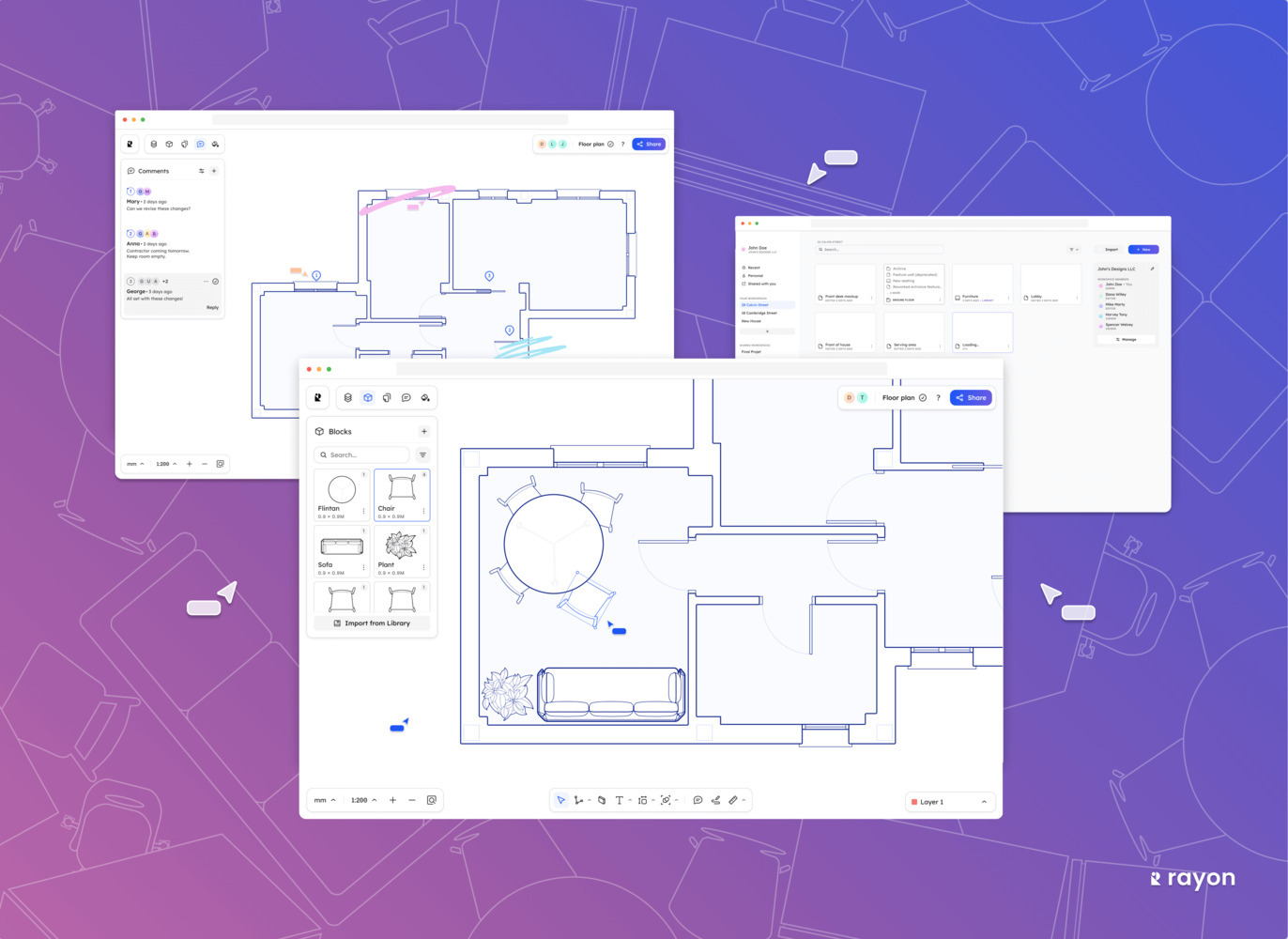

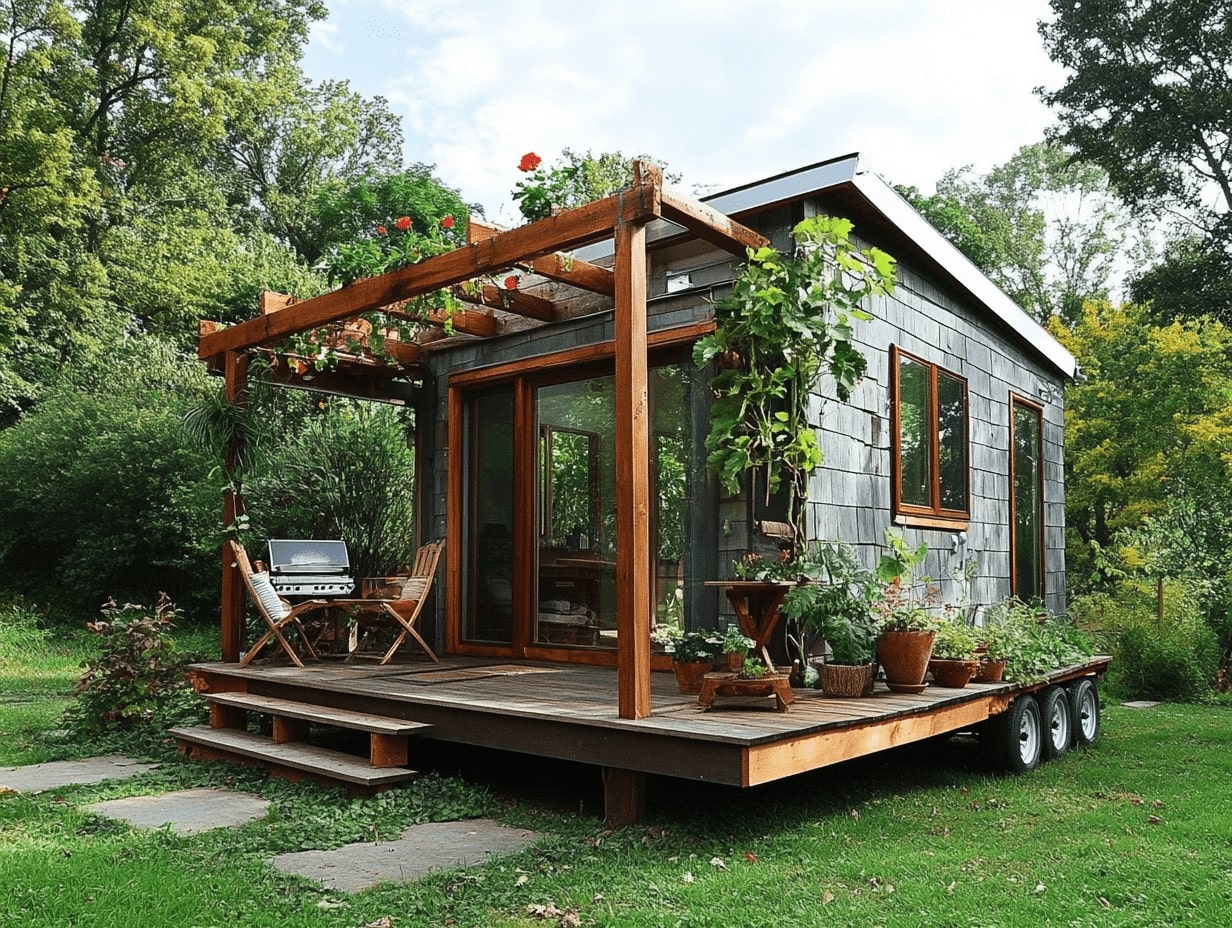
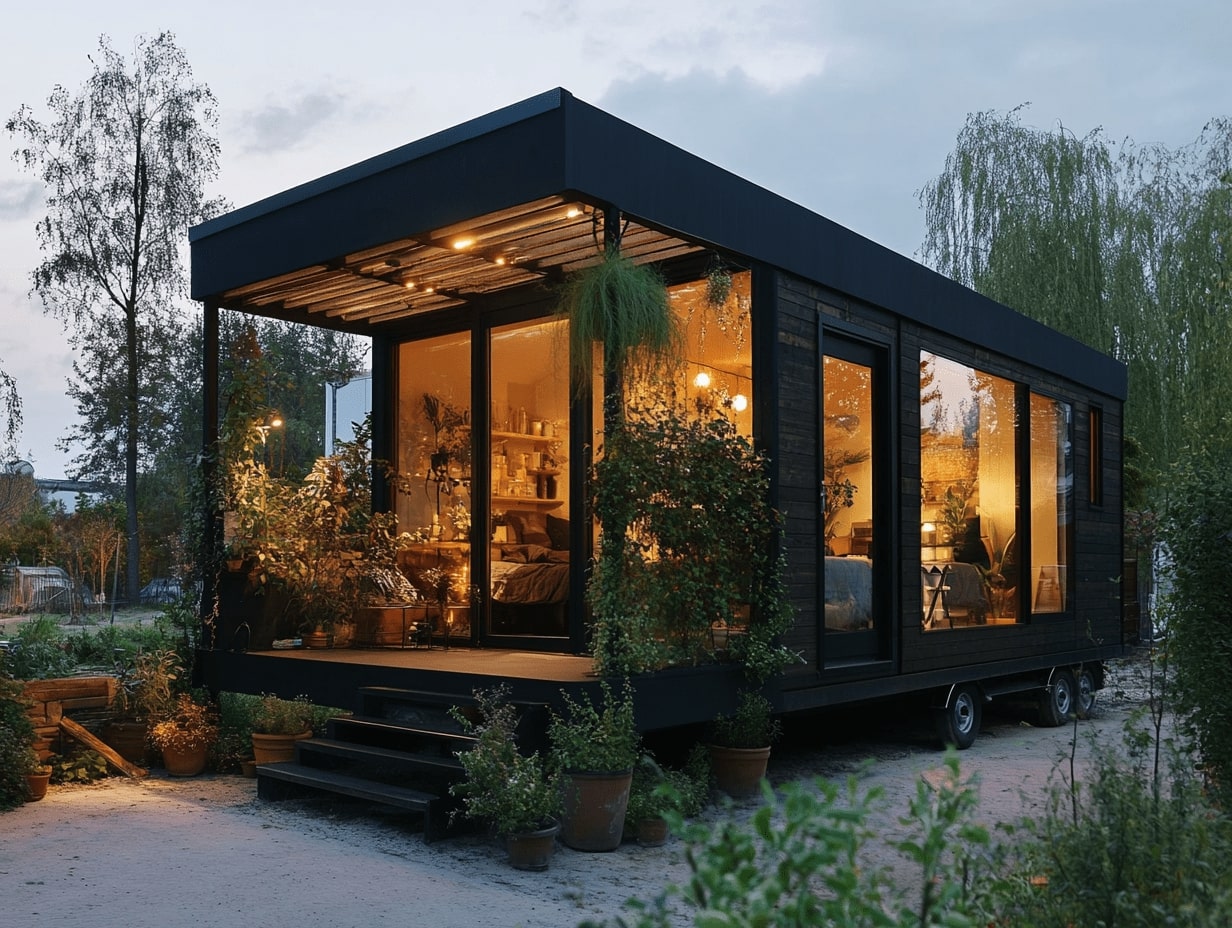
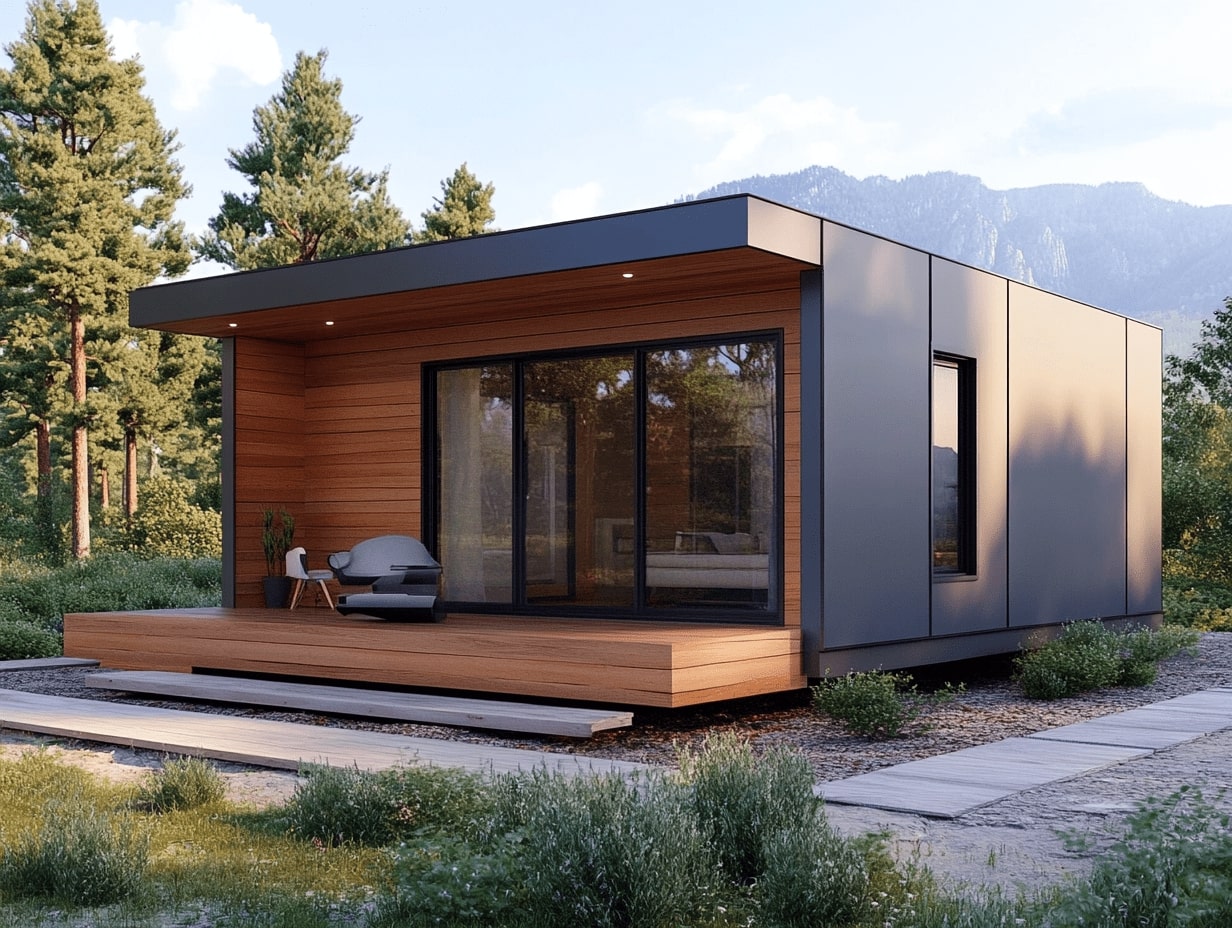
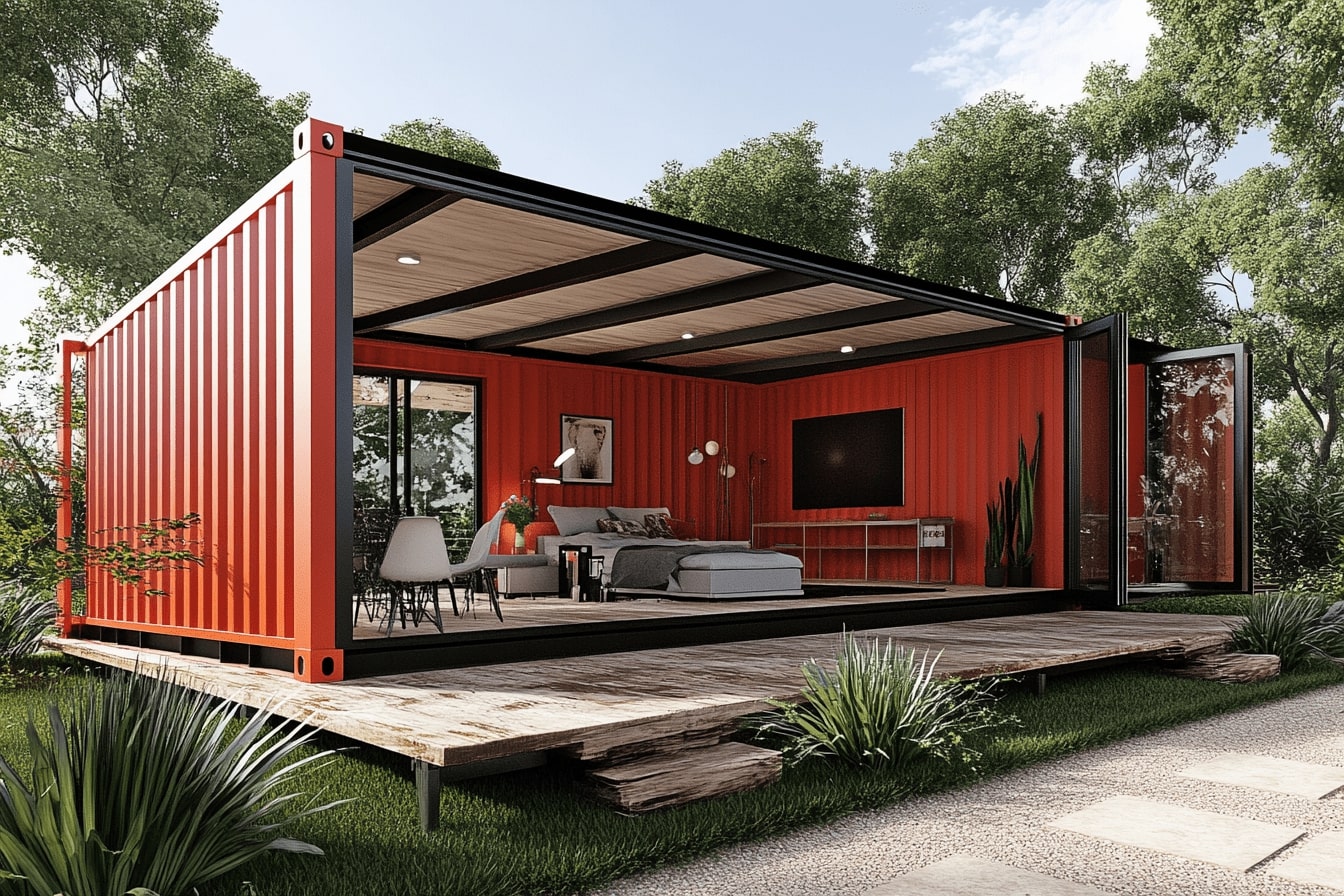
Leave a comment